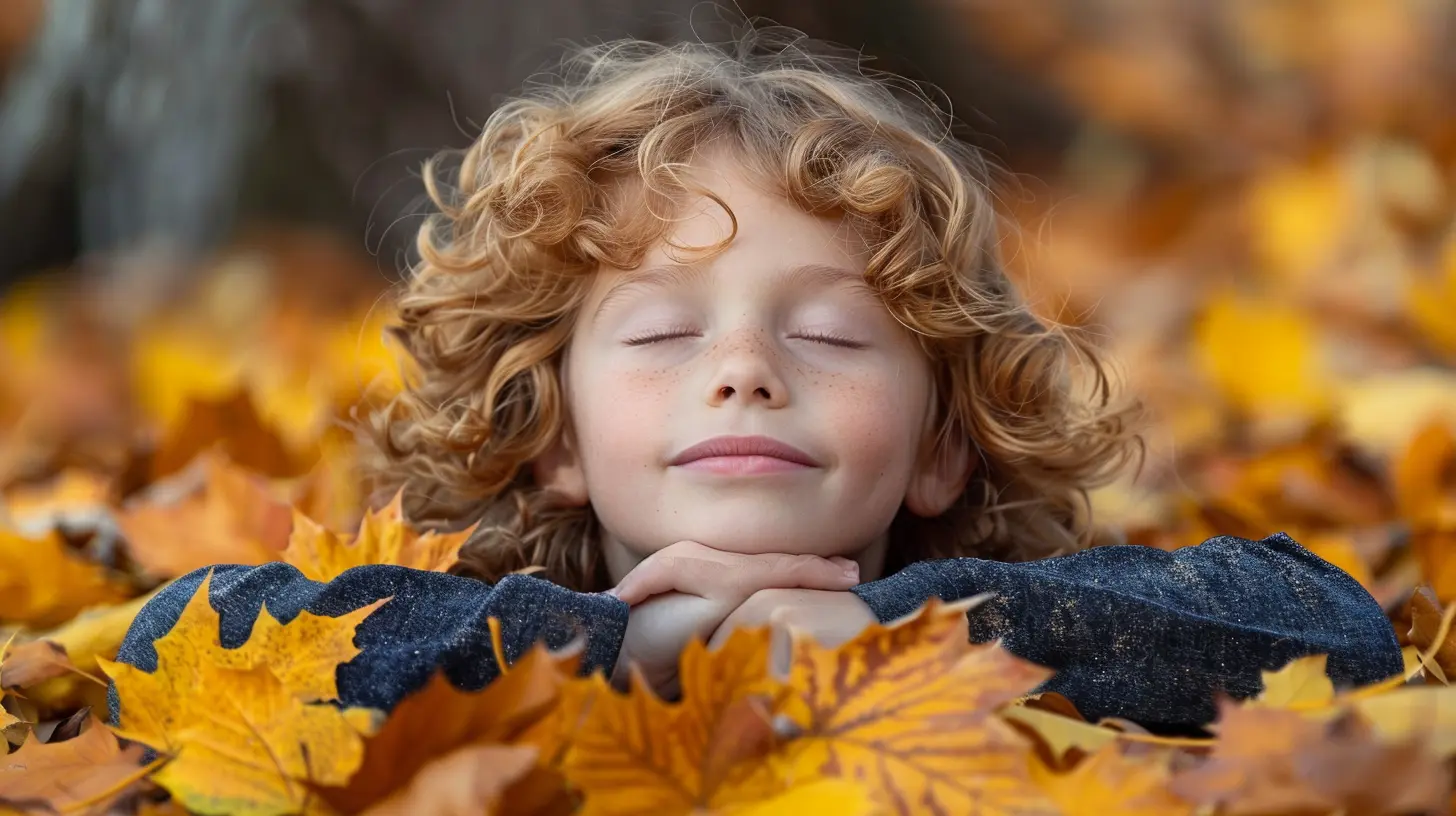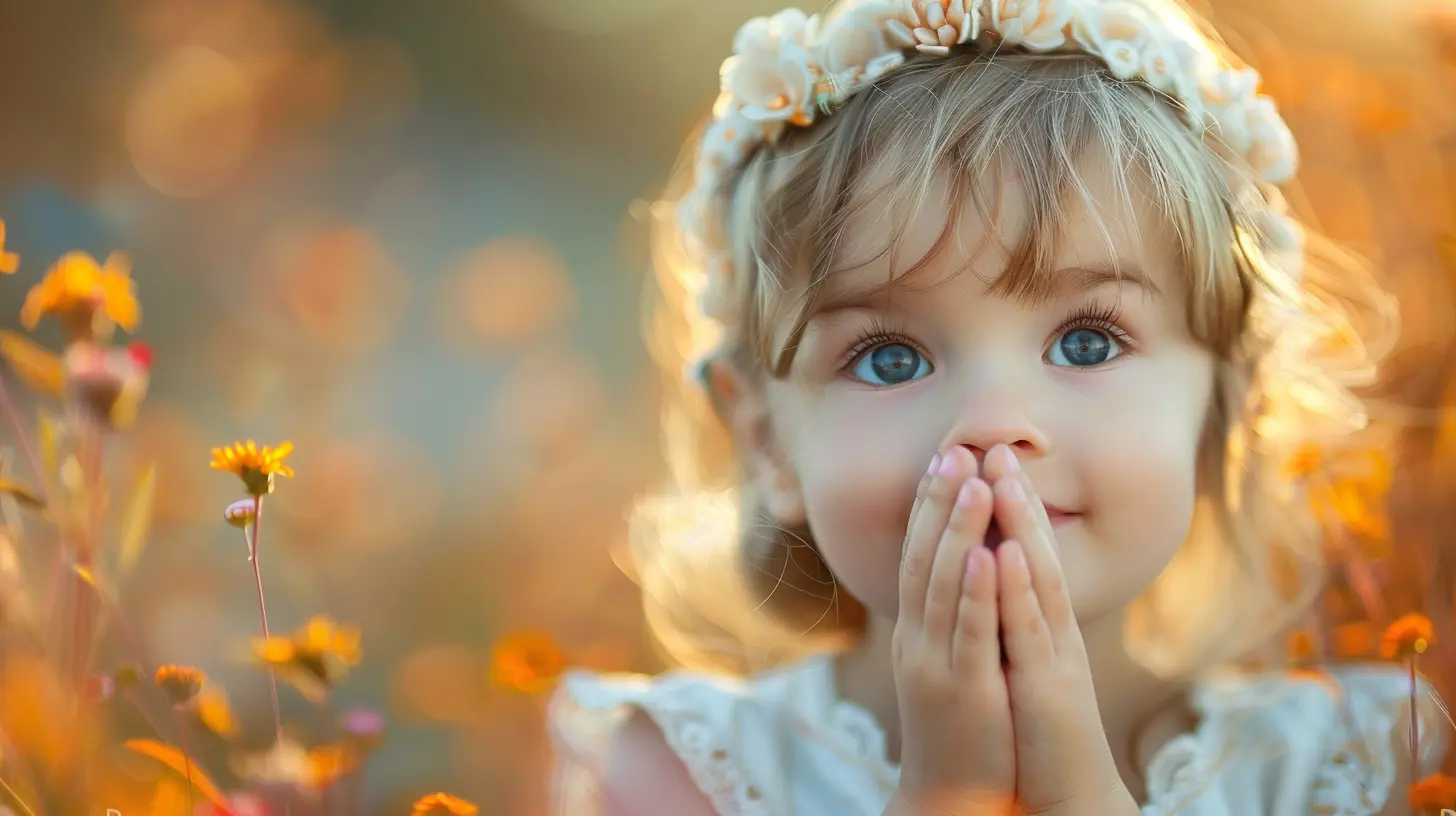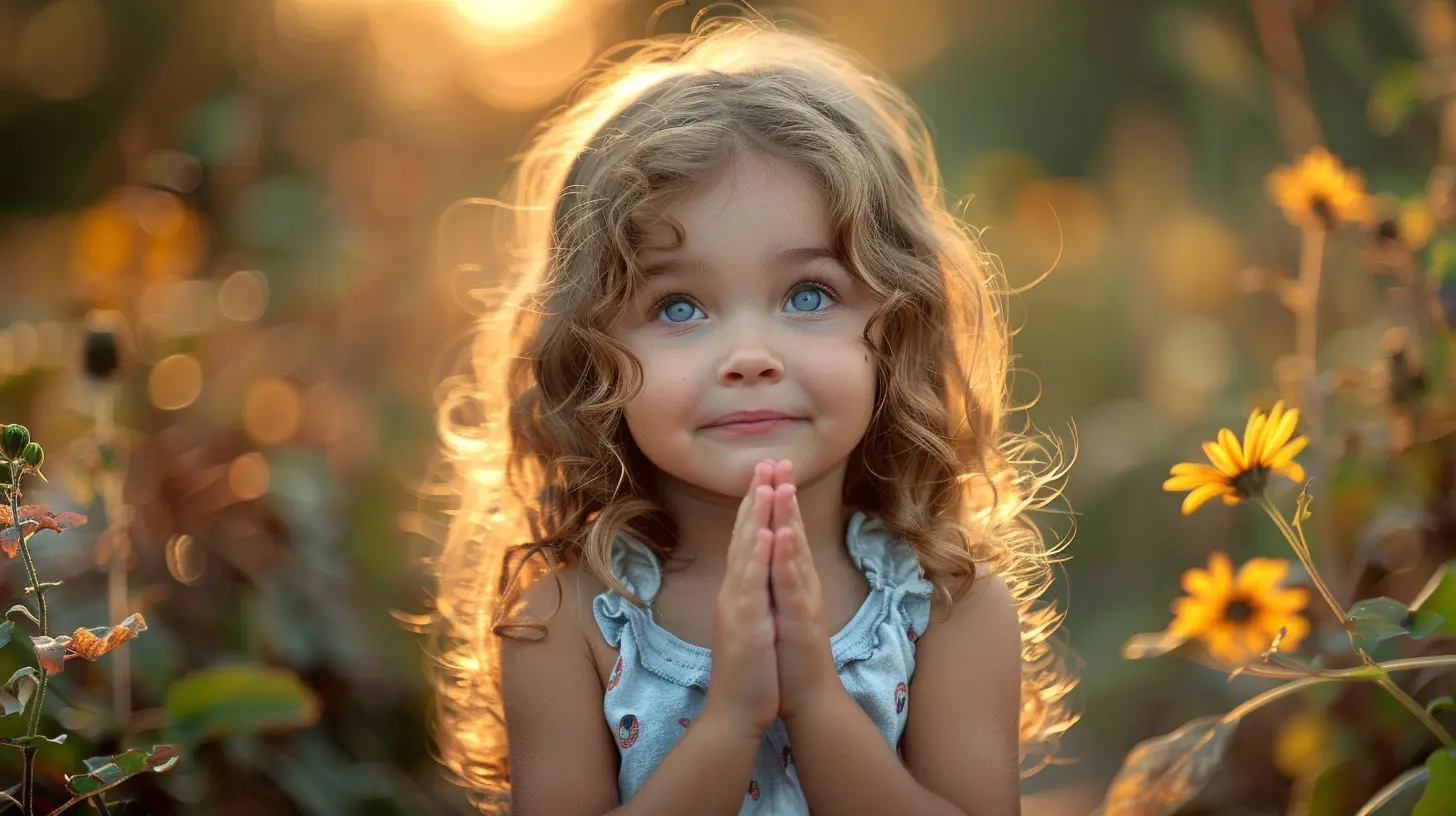The Role of Gratitude in Child Development: Psychological Insights
16 July 2025
Have you ever noticed how a simple “thank you” can brighten someone’s entire day? Now, imagine what happens when children grow up with that same mindset—one that genuinely appreciates the good around them. That’s the magic of gratitude.
Teaching children to be thankful isn’t just about manners. It’s about shaping their emotional and psychological well-being. Gratitude is like a hidden superpower that helps kids become emotionally resilient, socially connected, and mentally healthier.
In this article, we're diving head-first into the fascinating role that gratitude plays in child development. We’ll explore what the science says, how it affects emotional intelligence, how parents and educators can nurture it, and why it may just be one of the most powerful traits children can have.
What Is Gratitude, Really?
Let’s break it down. Gratitude is more than just saying “thanks.” It’s an emotion, an attitude, and a habit all rolled into one. At its core, gratitude is about recognizing and appreciating the good in one’s life—even the small stuff.For children, this might start as acknowledging when someone shares a toy or helps them with homework. But it can evolve into something much deeper, like feeling thankful for having friends, a supportive family, or even a sunny day. Gratitude helps kids focus on what they have, rather than what they lack.
Why Gratitude Matters in Childhood
You might be thinking—“Sure, it’s a nice thing to have. But how important is it, really?” Turns out, gratitude does way more than just make kids polite. It lays the groundwork for a happy, healthy emotional life.1. It Builds Stronger Relationships
Grateful kids tend to be more empathetic. They notice when others are kind to them and are more likely to return the favor. This helps them form deeper, more rewarding friendships.Think of it like social glue. When kids express appreciation, it strengthens bonds with parents, teachers, and peers. And guess what? Strong relationships are a major predictor of success and well-being later in life.
2. It Boosts Mental Health
Research in psychology shows that grateful individuals—even as young as 6 or 7—report higher levels of happiness and lower levels of anxiety and depression. Why? Because gratitude shifts the focus away from negative emotions and helps build a more optimistic outlook.Imagine your child gets a low grade on a test. A grateful mindset doesn’t ignore the failure, but it helps them appreciate the effort they put in or the parts they got right, creating a buffer against self-doubt or discouragement.
3. It Enhances Resilience
Life isn’t always smooth sailing, even for kids. Rejection, failure, conflict—they’re all part of growing up. Gratitude equips children with the emotional strength to bounce back from life’s little curveballs.Researchers call this “psychological resilience.” Grateful children are better at seeing the silver lining. They can reframe setbacks in a positive light and learn from tough experiences instead of getting stuck in them.
How Gratitude Develops in Children
Gratitude doesn’t just appear out of nowhere. It grows over time, like a plant you have to water daily.The Early Years: Seeds of Gratitude
Toddlers aren’t exactly bursting with gratitude. That’s okay—it’s a developmental thing. Young children are naturally egocentric (focused on themselves). But around age 2 or 3, they begin to understand the concept of giving and receiving.At this stage, the goal isn’t to force big emotional responses. It’s more about modeling thankful behaviors. When they see you say “thank you” and show appreciation in everyday life, it starts to click.
Ages 4–7: Learning Through Imitation
At this age, kids start to mimic what they see. If their environment is rich in gratitude—if parents and teachers regularly express thanks—they begin to follow suit. They start recognizing when someone does something nice and begin to reciprocate.This is the golden age for laying down the roots of a thankful personality.
Ages 8 and Up: Developing Deeper Understanding
Older children start to grasp more abstract ideas. They understand empathy better, recognize other people’s emotions, and become capable of more thoughtful expressions of gratitude.By this stage, they’re starting to form a mindset of lasting appreciation, not just surface-level politeness.
Ways to Teach Gratitude (That Actually Work)
Okay, so we know gratitude is crucial—but how do you actually help a child become more grateful?Don’t worry—you don’t need to give a lecture or read from a psychology textbook. Just a few simple habits can go a long way.
1. Model the Behavior
Kids are like emotional sponges. They soak up what they see way more than they listen to what you say. So if you’re constantly expressing appreciation—thanking others, recognizing your blessings—they’re learning from every single example.2. Start a Gratitude Journal
This one’s a game-changer. Encourage your child to write down one to three things they’re thankful for each day. It could be as small as “I got extra recess” or “Mom made my favorite dinner.”This simple practice rewires their brain to actively look for the good.
3. Practice “Thankful Moments”
Create space in your day—maybe during dinner or bedtime—to ask, “What’s one good thing that happened today?” Even tough days usually have a silver lining, and learning to find it is what gratitude’s all about.4. Encourage Giving
Help your child experience the joy of giving. Whether it's sharing toys, helping a friend, or donating to someone in need—giving builds gratitude organically. They see the impact of their kindness, and they feel connected to others.5. Tell Stories That Inspire Gratitude
Read stories or share real-life examples of people who are thankful despite challenges. These tales can serve as powerful teaching tools, helping children understand how gratitude can transform difficult situations.The Psychological Science Behind Gratitude
Gratitude isn’t just fluffy feel-good stuff. There's solid science behind it.According to Dr. Robert Emmons, a leading researcher on gratitude, this one quality (yes, just one!) can dramatically improve well-being. For kids, this translates to better sleep, improved classroom behavior, and even stronger immune systems. Yup—being thankful can also make them healthier!
When children practice gratitude, their brains release dopamine and serotonin—those feel-good chemicals responsible for boosting mood and reducing stress. Over time, these neurological patterns can lead to lasting changes in how they think and feel about the world.
Gratitude in Schools: A Hidden Asset
Think about this: what if gratitude were part of the school curriculum? What if kids were taught to be thankful alongside math and reading?Well, some schools are already doing just that—and with amazing results. Programs that include gratitude exercises, mindfulness, and character education have shown to improve students' focus, emotional regulation, and even academic performance.
Teachers say that classrooms with a gratitude culture feel more positive, respectful, and collaborative. Kids are more likely to help each other—and that makes everyone's life easier.
Challenges to Cultivating Gratitude
Of course, teaching gratitude isn’t always easy. In today’s fast-paced, consumer-driven world, we’re bombarded with messages that say, “You need more!” That mindset can feed entitlement rather than appreciation.Social media doesn’t help either. It’s easy for kids to compare themselves to others and feel like they’re missing out. That’s why deliberate gratitude practices are more important now than ever.
Parents and caregivers need to be patient. Gratitude is a slow-growing plant. You won’t always see results overnight. But with consistency and love, it will flourish.
Gratitude’s Ripple Effect
Here’s something beautiful—gratitude is contagious. When one child starts practicing gratitude, it often spreads to their siblings, classmates, and even adults around them.Imagine a world where kids grow up appreciating what they have, valuing others, and spreading kindness like wildfire. That’s not just wishful thinking—it’s totally possible when we make gratitude a priority in child development.
Final Thoughts
So, what’s the real role of gratitude in child development?It’s foundational. It’s transformative. It’s the hidden gem of emotional intelligence.
Gratitude helps children build stronger relationships, navigate life’s challenges, and develop a deeper sense of joy and meaning. It doesn’t just shape who they are today—it shapes who they become tomorrow.
By nurturing gratitude, we’re not just raising good kids—we’re raising emotionally intelligent, resilient, and happy humans. And that, my friend, might just be one of the greatest gifts we can give them.
all images in this post were generated using AI tools
Category:
ParentingAuthor:

Jenna Richardson
Discussion
rate this article
1 comments
Fay Robinson
Gratitude in kids: teaching them to say 'thank you' now, so they won't blame you later for everything!
August 11, 2025 at 4:36 PM

Jenna Richardson
Absolutely! Teaching gratitude helps children develop accountability and appreciation, fostering healthier relationships and emotional resilience as they grow.


